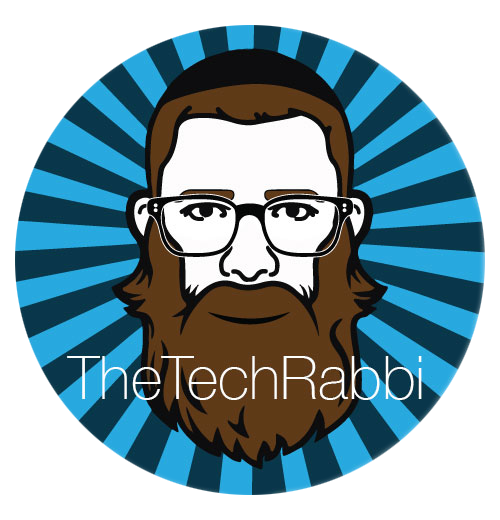21st Century Competencies: Nothing And Everything To Do With Technology
There is no denying that current technology trends in education are here to stay. Whether you choose Apple, Samsung, Google, or Amazon, the platforms, companies, and devices will come and go, but the learning outcomes they produce are everlasting. The user experience might be different, but the goals for their use are the same; We want our learners to be able to achieve 21st-Century Competencies. It is evident that these technology tools allow learners to gain these skills while achieving faster and higher quality products, through a more efficient and practical processes. This is why
21st Century Competencies have nothing and everything to do with technology.
In fall of last year I began to research how to support learners' and educators' understanding of 21st-Century Competencies. I discovered many amazing resources, but felt that each one lacked one key component. Acquiring 21st-Century Competencies cannot be defined through the lens of the technology itself. It must be through the lens of what the technology allows us to create and the experience gained. 21st-Century Competencies are about social interaction that helps connect individuals in a way that achieves a more developed and meaningful outcome. This has absolutely nothing to do with technology as it is nothing but a connector between two or more people.
21st-Century Competencies allow for strong, independent learners that are highly functional in environments that require advanced skills in collaboration and human interaction, aka the real world.
The challenge was to concretize this process in a way that could achieve measurable results including the hope that through developing a formalized process, learners and educators would be more open to failure. This means that even though we did not "solve" the problem this time, we still gained skills in organization, collaboration, communication, as well as a better understanding of the process of problem solving and critical thinking. This process also allows for a reflective and revisionist process where learners can continue to work on identifying strengths and weaknesses in the project and in themselves. This is because learning is not always about solving the problem, it is also about gaining a deeper understanding through experimentation and discovery, with the understanding that even failure can lead to a significant learning experience.
Together with my colleague, Samantha Pack, we set out to create a rubric that would support the development of 21st-Century Competencies with the following criteria in mind:
1. A clear definition of each of the 21st-Century Competencies.
2. Ability to measure proficiency in each of the 21st-Century Competencies.
3. A universal approach that will support the development of 21st-Century Competencies regardless of discipline.
4. Ability for learners to achieve skills through reflection and revision.
5. To ensure that the 21st century competencies work together with various pedagogical models.
In June during a PD Workshop with middle school faculty, I shared the rubric to get feedback for the final draft slated for launch in the fall. The response was overwhelmingly positive. The faculty described it as supportive but not restricting, giving students the ability to capture the essential idea of each skill, and assist them in becoming independent learners with the ability to assess their own performance. One faculty member said,
This rubric doesn't describe how to use technology, this rubric describes how to be human.
Ladies and Gentleman, we have arrived. This is the true purpose of technology. Its ability to help us build relationships, foster personal growth, and truly arrive at a better more connected global community.
I will be sharing this rubric at my session "The Invisible iPad - Significant Learning Experiences Without Actually Losing Your iPad" at the EdTechTeacher Summit July 28th-30th at the Navy Pier in Chicago.


